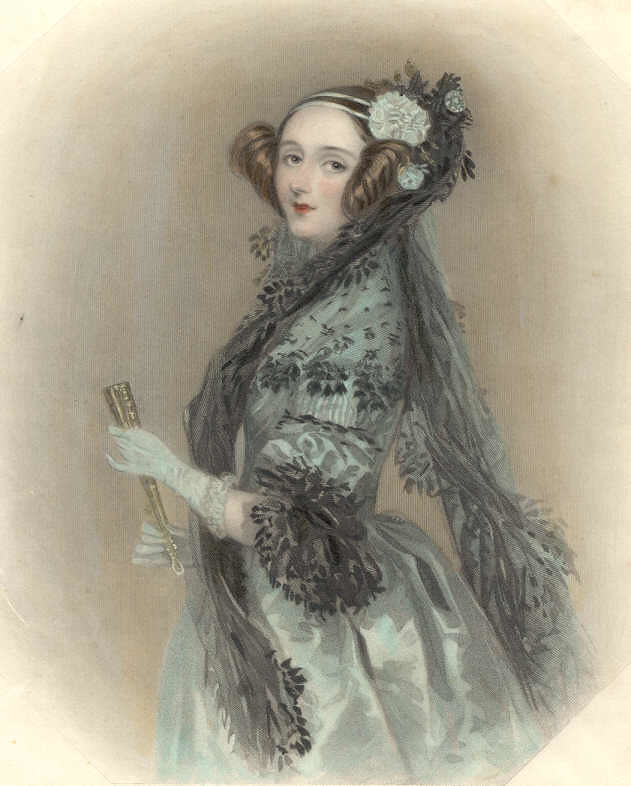Newsroom

The KC Tech Council, in partnership with Linda Hall Library, is proud to release a brand new series highlighting women in STEM throughout history.

Ada Lovelace, 1815-1852
The only child of poet Lord Byron and Lady Byron, Augusta Ada King, Countess of Lovelace was a mathematician and writer, chiefly known for her work on Charles Babbage’s proposed mechanical general-purpose computer, the Analytical Engine.
When Ada was a teenager, her mathematical ability led her to a long working relationship with fellow British mathematician Charles Babbage, known as “the father of computers.” Lovelace is often credited with writing the first computer program. This claim has been challenged and some credit Lovelace only with publicizing the Analytical Engine. Most agree that at the very least, Lovelace’s main achievement was to distill from Babbage’s writings a clear exposition of the abstract operation of the Analytical Engine, something Babbage never did.
Lovelace maintained an interest in contemporary scientific developments and fads including phrenology and mesmerism. She counted scientists Michael Faraday, David Brewster, and Charles Wheatstone among her friends along with author Charles Dickens.
FOR FUTURE READING AT LINDA HALL LIBRARY:
Ada Lovelace: the making of a computer scientist
Christopher Hollings, Ursula Martin & Adrian Rice
(QA29.L72 H65 2018
Ada’s algorithm: how Lord Byron’s daughter Ada Lovelace launched the digital age
James Essinger
(QA29.L72 E77 2014)
In Byron’s wake: the turbulent lives of Byron’s wife and daughter: Annabella Milbanke and Ada Lovelace
Miranda Seymour
(PR4382.S49 2018)
The calculating passion of Ada Byron
Joan Baum
(QA29.L72 B38 1986)

Rosalind Franklin, 1920-1958
Cambridge graduate Rosalind Franklin was an English chemist and X-ray crystallographer whose work was central to understanding DNA, RNA viruses, coal, and graphite.
Franklin’s work on the X-ray diffraction images of DNA led to the discovery of the DNA double helix for which Francis Crick, James Watson, and Maurice Wilkins shared the Nobel Prize in Physiology or Medicine in 1962. When Crick and Watson were awarded their Nobel Prizes in 1962, the Nobel Committee did not yet have a rule against posthumous awards. Watson, nevertheless noted, gratuitously, that Franklin might have been awarded the Nobel Prize in Chemistry for her work even though the Nobel Committee did not generally make posthumous nominations.
While Rosalind Franklin’s works on coal and viruses were appreciated in her lifetime, her contributions to the discovery of DNA’s structure were recognized posthumously. For this she is destined to be remembered as “the dark lady of DNA” and “the forgotten heroine” for her essential work leading to the discovery of the DNA double helix.
FOR FUTURE READING AT LINDA HALL LIBRARY:
Rosalind Franklin: the dark lady of DNA
Brenda Maddox
(QH506.F72 M33 2002)
Rosalind Franklin and the structure of life
Jane Polcovar
(QH506.P64)
The gene: an intimate history
Siddhartha Mukherjee
(RB155.M85 2016)
Pioneering women in plant pathology
Edited by Jean Beagle Ristaino
(QK26.P54 2008)
